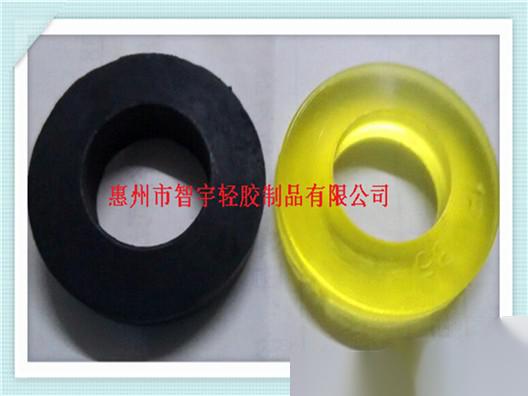| Product Category |
|
1.General Rubber: Refers to the rubber variety that replaces all or part of natural rubber, such as butyl rubber, cis-butadiene rubber, isoprene rubber, etc., mainly used in the manufacture of tires and general industrial rubber products. The demand for general rubber is large, and it is the main variety of synthetic rubber. 2.Butyl Rubber: Butyl rubber is obtained by copolymerizing butadiene and ethylene. It is a widely produced general synthetic rubber, including emulsion-polymerized butyl rubber, solution-polymerized butyl rubber, and thermoplastic rubber (SBS). 3.Cis-Butadiene Rubber: Cis-butadiene rubber is obtained by solution polymerization of butadiene. It has excellent cold resistance, abrasion resistance, elasticity, and good aging resistance. Cis-butadiene rubber is mostly used in tire production, and a small amount is used in the manufacture of cold-resistant products, cushioning materials, tapes, rubber shoes, etc. The disadvantage of cis-butadiene rubber is its poor tear resistance and poor wet skid resistance. 4.Isoprene Rubber: Isoprene rubber, also known as polyisoprene rubber, is produced by solution polymerization. Like natural rubber, isoprene rubber has good elasticity and abrasion resistance, excellent heat resistance, and good chemical stability. The strength of raw isoprene rubber (unprocessed) is significantly lower than that of natural rubber, but its uniformity and processing properties are better than natural rubber. Isoprene rubber can be used to manufacture heavy-duty tires, off-road tires, and various rubber products. 5:Ethylene Propylene Rubber: Ethylene propylene rubber is mainly synthesized from ethylene and propylene. It has outstanding aging resistance, electrical insulation properties, and ozone resistance. Ethylene propylene rubber can be heavily oil-filled and carbon black-filled, with a lower product price. Ethylene propylene rubber has good chemical stability, and its wear resistance, elasticity, oil resistance are similar to butyl rubber. Ethylene propylene rubber has a wide range of applications, such as tire sidewalls, rubber strips, inner tubes, automobile components, as well as wire, cable insulation, high voltage, ultra-high voltage insulation materials. It can also be used to manufacture light-colored products such as rubber shoes and sanitary products. 6.Chloroprene Rubber: It is mainly made from chloroprene as the main raw material, produced by homopolymerization or copolymerization with small amounts of other monomers. It has high tensile strength, excellent heat resistance, light resistance, aging resistance, and better oil resistance than natural rubber, butyl rubber, and cis-butadiene rubber. It has strong flame resistance and excellent flame retardancy. It has high chemical stability and good water resistance. The disadvantages of chloroprene rubber are its electrical insulation performance and poor cold resistance. The raw rubber is unstable during storage. Chloroprene rubber is widely used in the production of conveyor belts and transmission belts, cable sheathing materials, manufacturing oil-resistant hoses, gaskets, and linings for chemically resistant equipment. |













